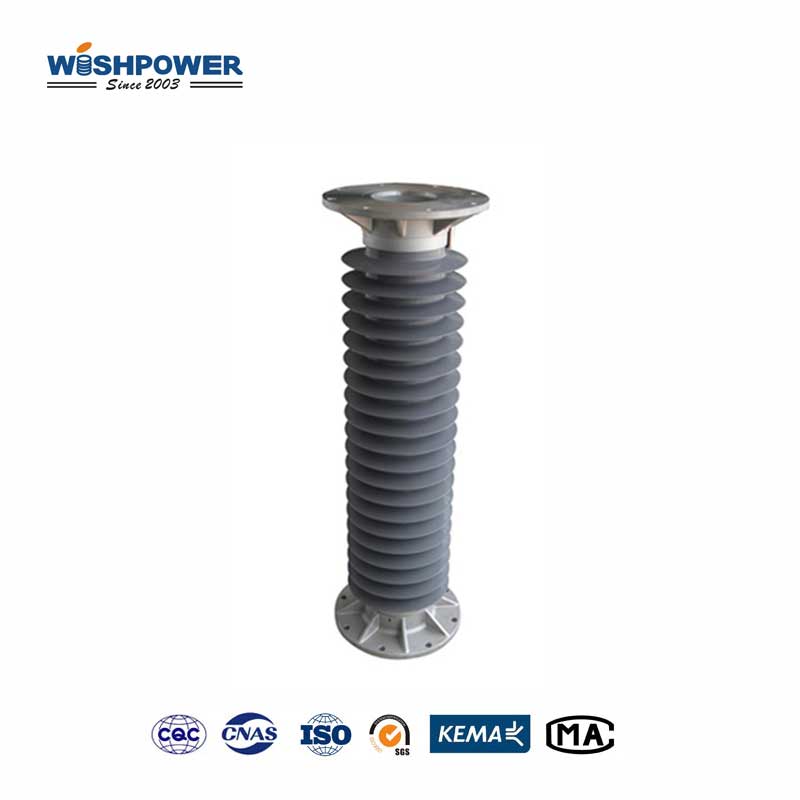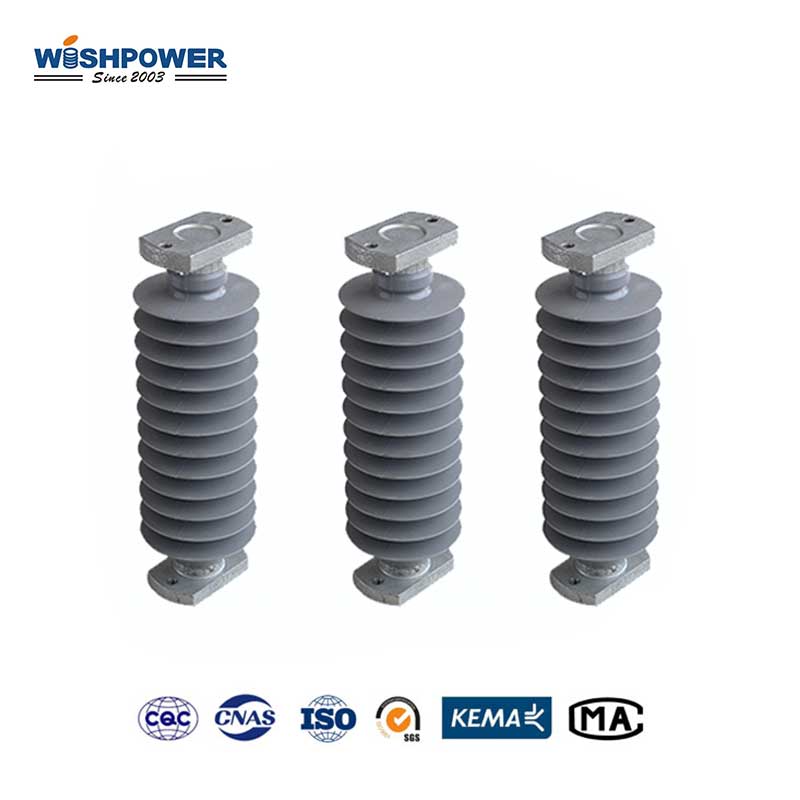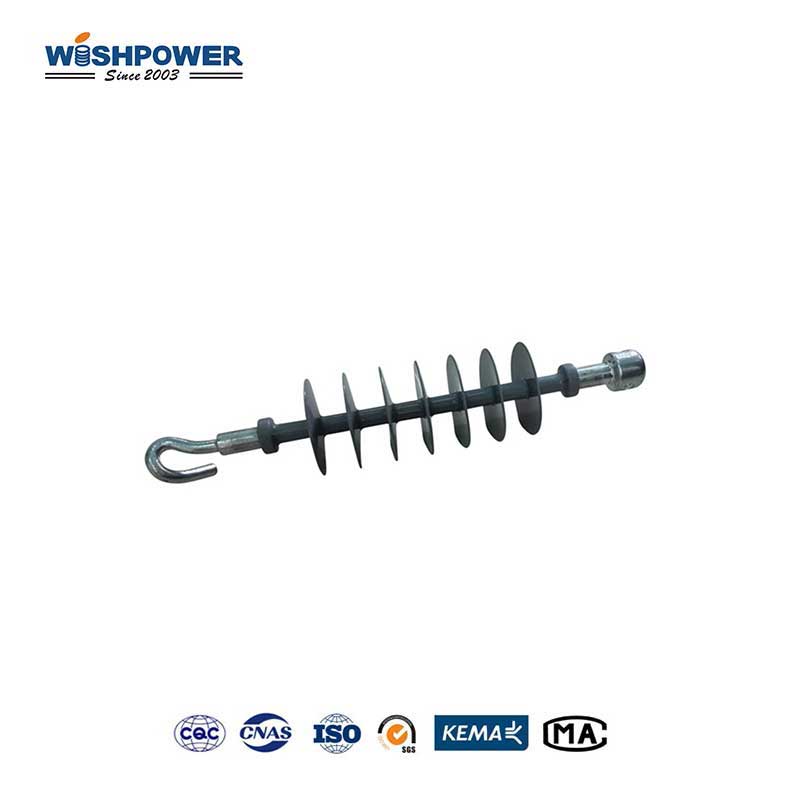For its compelling advantages in high voltage transmission and distribution, composite insulators are generally recognized. Compared to porcelain and glass insulators, composite insulators have many advantages but are not without limits. Such understanding of these drawbacks can give a balanced view on their use, and enable industry professionals to decide wisely what insulator materials to use in different applications.

What are the disadvantages of composite insulators?
- Surface degradation susceptibility
Long-term performance issues
Surface degradation reveals the hydrophobicity of composite insulators, over time, decreasing the hydrophobicity by targeting contaminants’ ability to adhere. It can make flashovers more likely in wet conditions, and make them less effective in highly polluted environments. Some of these effects can be mitigated by routine maintenance, but they are still a problem for utilities trying to find a low-maintenance solution.
- Susceptible to electrical and mechanical damage.
Electrical aging
Extreme temperatures performance
When the temperature of materials in composite insulators varies a lot (i.e. extreme cold, rapid temperature changes), they expand and contract, causing microcracks or other structural problems. Thermal fatigue may stress composite insulators in high-altitude environments with vast temperature swings from day to night.
Moisture absorption
Composite insulators are designed to be waterproof, but microcracks or mechanical damage to the casing leave it vulnerable to moisture getting in. Such damage can result in corrosion of the fiberglass rods, insulator damage, and other problems that all shorten the life of the insulator.
- 3. Higher initial cost
Material and manufacturing costs
Composite insulators are made of a special material (such as fiberglass core and silicone rubber or EPDM casing) which are more expensive in manufacturing. Advanced technology is used in this process but its quality and reliability, give high yields and these lead to high costs.
Long-term economic considerations
Composite insulators can reduce maintenance costs over time, but the higher initial price makes them an untenable option for those looking for a cost-effective solution. In developing regions utilities often have to choose low-cost solutions over advanced materials.
- 4. Risks associated with installation and handling
Installation sensitivity
The composite insulators must be installed with care, to avoid damage to the casing or core wires. The mechanical strength of the insulator can be reduced if the fiberglass inner rod is damaged. Special handling methods and tools may be required to safely install, increasing installation time and labor costs.
Transport damage
Composite insulators are sensitive to mechanical shock and environmental stress, such as heating or cooling above and below optimum conditions, during transportation. Before reaching the installation site there is also protective packaging, and careful handling to avoid damage.
- 5. Limited standardization and quality control issues
Variation in material quality
The material quality may differ, since different polymers, or different manufacturing processes, are used by different manufacturers. Poor quality will degrade the durability and electrical performance, and in some cases, will lead to premature failure of the insulator.
Standardization challenges
Composite insulators are relatively new, therefore standardization in the industry is not followed. Since users can be located all over, they can cause challenges for utilities that need to replace damaged insulators or incorporate composite insulators from different suppliers, because some can be more or less compatible and perform better.
Conclusion
Although composite insulators have plenty to offer in terms of weight, easy handling, and performance in polluted areas, they also have some disadvantages that will have to be taken into account. Surface degradation susceptibility, the possibility of mechanical and electrical damage, shorter service life in extreme environments, and higher initial cost are all factors in decision-making. If understood by utilities, these disadvantages can be used to select the proper insulator type based on the special environment for utilities, budgetary constraints, and long-term performance requirements. Overall, composite insulators offer a great deal, but application and consideration of these devices may need to tack on some additional strategy, and more consideration, in some harsher environments to realize the greatest effectiveness and service life.
If you have different opinions or want to know more, please leave a message on the website or contact us directly at info@wishpower.net

















